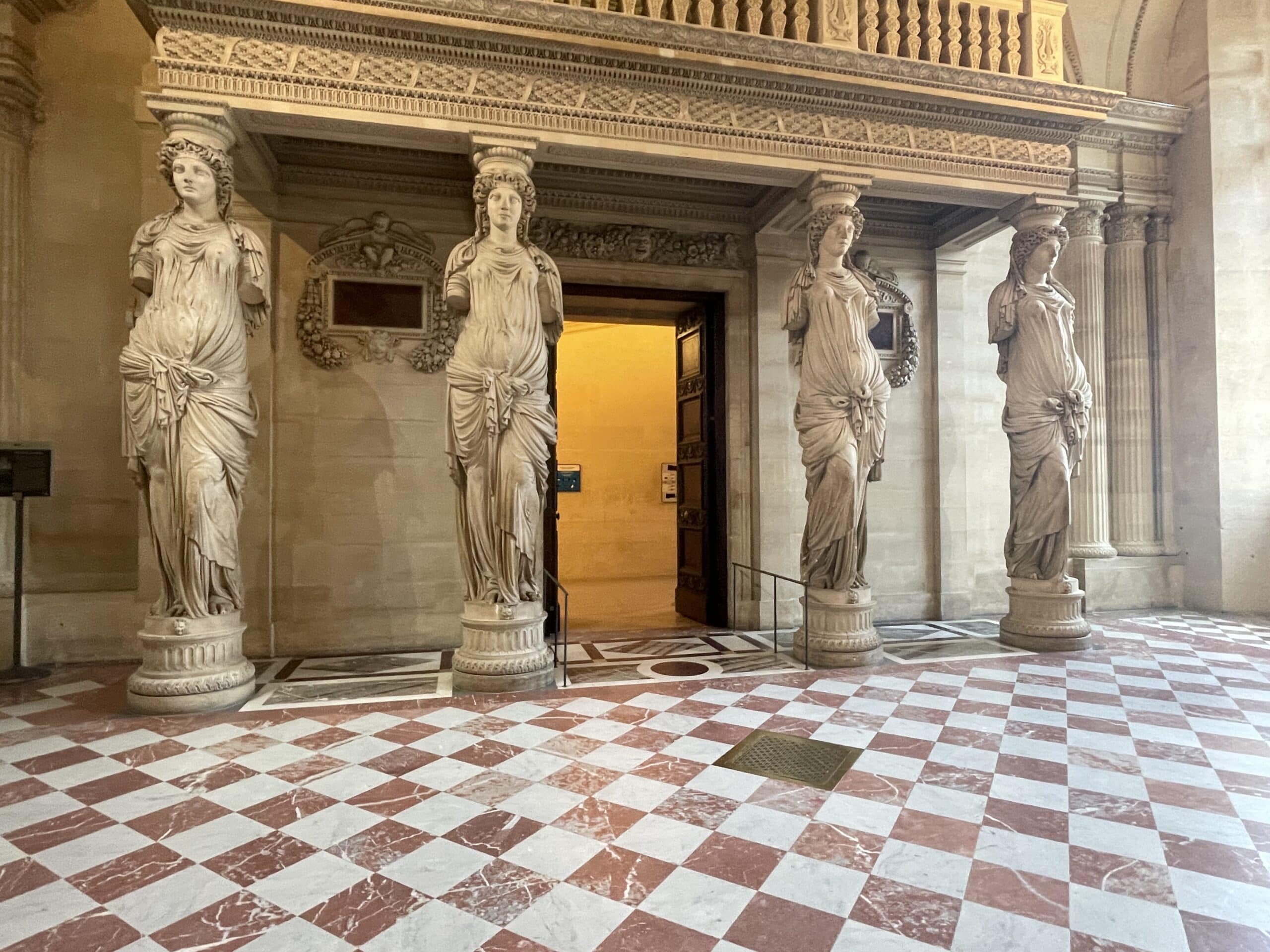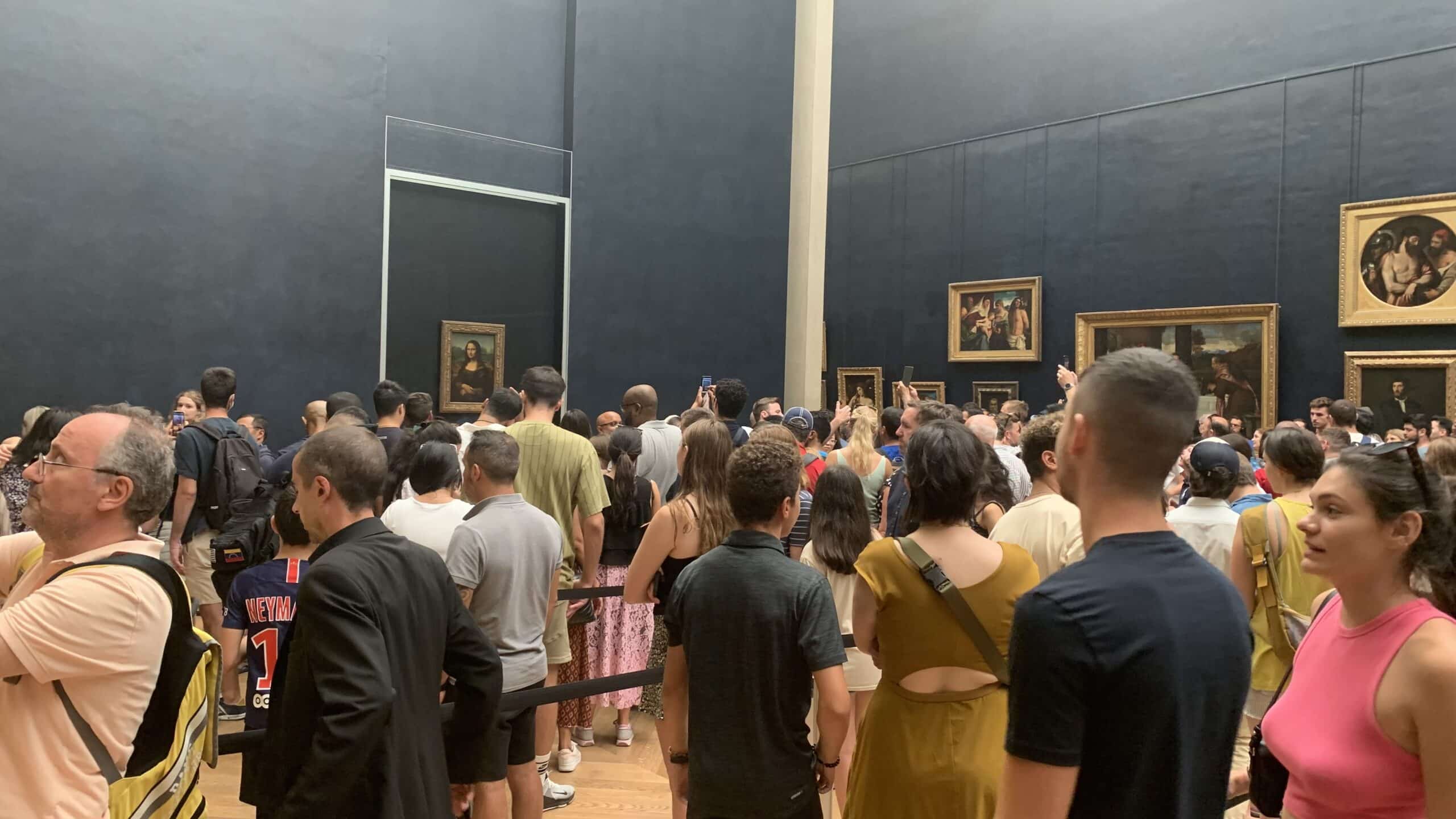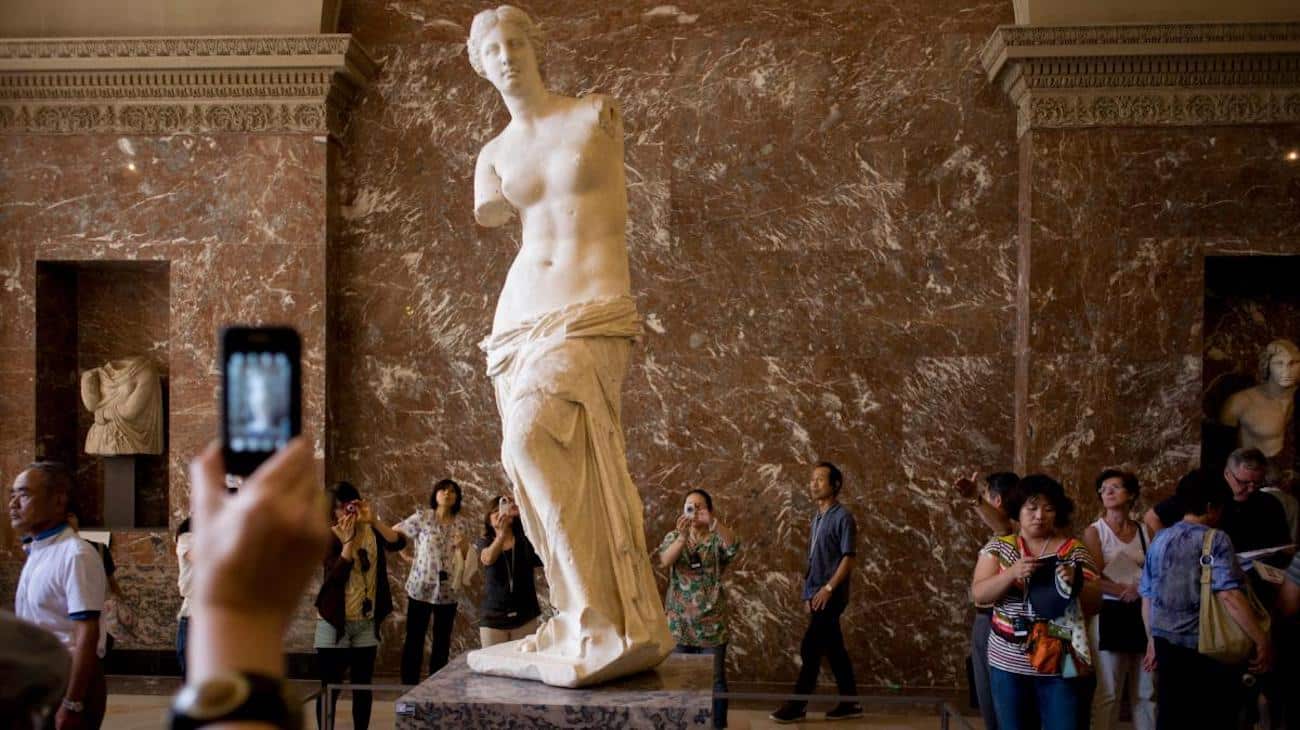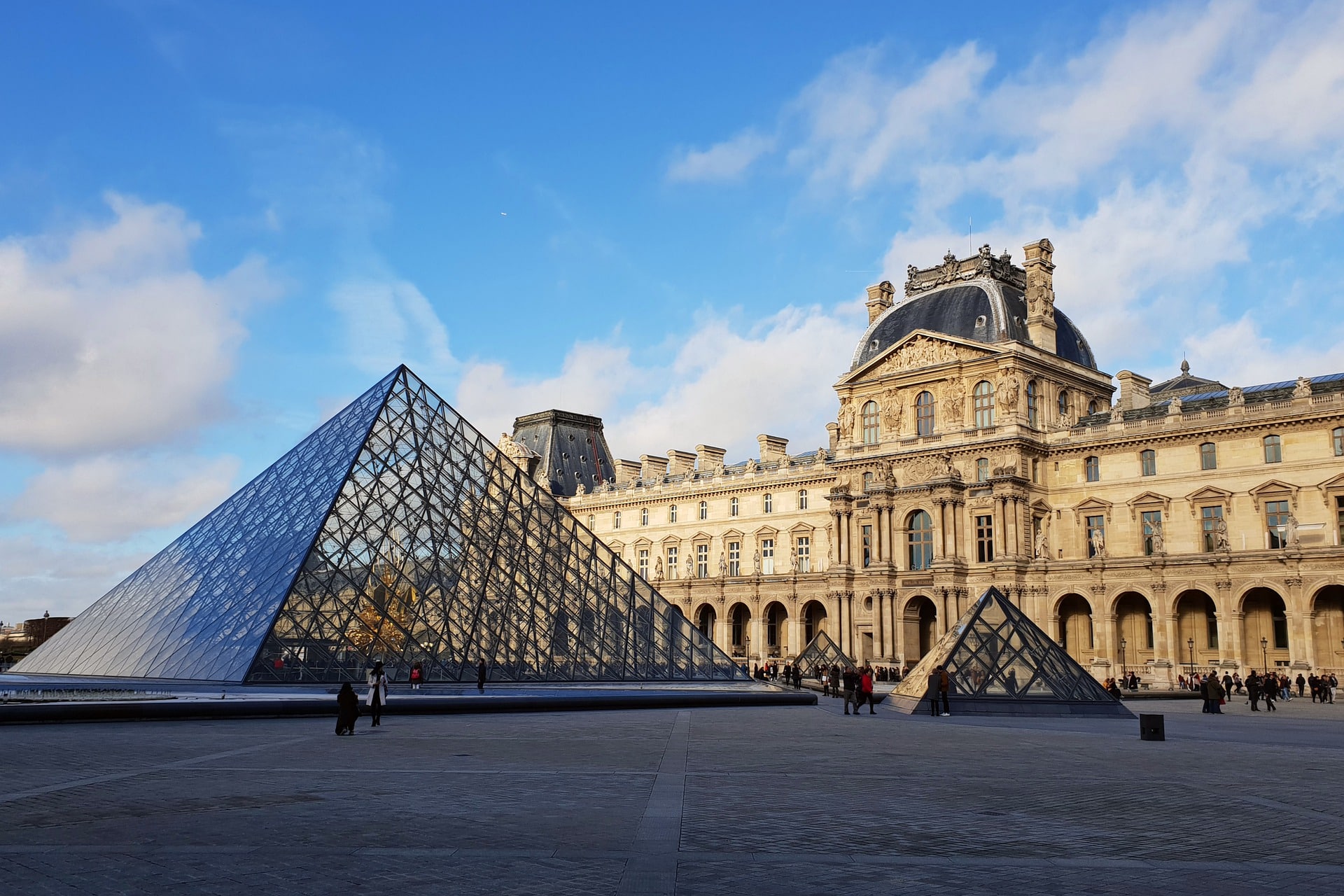If you’re heading to Paris, a visit to the Louvre is probably high on your list—and for good reason. It’s not just a museum; it’s an entire world of art, history, and human creativity all under one spectacular glass pyramid. The Louvre holds more than 35,000 works of art across 60,000 square meters of galleries, making it the largest art museum on the planet. You could spend weeks here and still not see everything. So, how do you make the most of your visit? Easy—start with the five exhibits that tell the story of civilization itself, from ancient Egypt to Renaissance Italy.

The Mona Lisa – Leonardo da Vinci’s Enigmatic Masterpiece
Let’s start with the obvious star of the Louvre—the Mona Lisa. She may be small (just 77 by 53 centimeters), but she draws the biggest crowds in the world. Leonardo da Vinci painted her around 1503 using a technique called sfumato, blending tones so smoothly that you can’t see where one color ends and another begins. That soft haze gives her skin an almost lifelike glow.
What’s truly fascinating is how much mystery still surrounds her. No one can agree on who she is—most believe she’s Lisa Gherardini, the wife of a Florentine merchant. Her smile changes depending on the angle you look from, thanks to da Vinci’s mastery of optical illusion. And here’s a fun fact: during World War II, curators moved her to the French countryside to keep her safe from Nazi looting. So when you finally stand before her, you’re looking at a survivor! One who’s been admired, stolen, hidden, and adored for over 500 years.

The Winged Victory of Samothrace – Power in Motion
Just a few steps from the Mona Lisa, at the top of the grand Daru staircase, stands the Winged Victory of Samothrace. Carved around 190 BCE, this Hellenistic sculpture represents Nike, the Greek goddess of victory. What makes her so striking is the sense of movement. Her robes seem to ripple in the wind, her wings are spread wide, and even though her head and arms are missing, she radiates strength and grace.
Archaeologists discovered her in 1863 on the Greek island of Samothrace. The statue once stood on the prow of a marble ship to commemorate a naval victory, and scientists believe the windblown effect comes from the sculptor studying real motion and anatomy. When you see her up close in the Louvre, it’s easy to understand why she’s considered one of the greatest masterpieces of ancient Greek art. It seems like she’s pure energy frozen in stone.
The Venus de Milo – Timeless Beauty from Ancient Greece
Another ancient Greek icon, the Venus de Milo is instantly recognizable—even without her arms. Created around 100 BCE, she represents Aphrodite, the goddess of love and beauty. She’s carved from Parian marble, known for its translucent quality, which gives her that luminous, almost living appearance. Archaeologists found her on the island of Milos (hence “de Milo”) in 1820, and she’s been a symbol of ideal beauty ever since.
What’s fascinating is how much science has gone into understanding her. Researchers have analyzed the marble to confirm its origin, and 3D modeling suggests her missing arms were once posed gracefully—possibly holding an apple or a mirror. Even damaged, she continues to define what “classical beauty” means in Western art. That quiet confidence, that calm expression—it’s a reminder that true elegance doesn’t fade, even over two millennia.

The Great Sphinx of Tanis – Ancient Egypt’s Guardian
Step into the Egyptian Antiquities wing, and you’ll feel like you’ve entered another world. Among the statues and sarcophagi in the Louvre stands the Great Sphinx of Tanis, one of the largest sphinxes outside Egypt. It dates back to around 2600 BCE and weighs a staggering 24 tons. Carved from a single block of granite, the sphinx combines the body of a lion and the head of a pharaoh—a powerful symbol of strength and wisdom.
Discovered in the ruins of the city of Tanis in the Nile Delta, it has outlasted empires, earthquakes, and sandstorms. Scientists have studied its inscriptions to identify which pharaoh it represents—it might be Amenemhat II or even Ramses II. Standing before it, you can feel that mix of science and spirituality that defined ancient Egyptian art. It’s one of those rare pieces that instantly transports you 4,000 years back in time.
The Code of Hammurabi – The World’s First Written Laws
Before kings and emperors ruled with decrees, laws were carved in stone—literally. The Code of Hammurabi is one of the oldest legal texts ever discovered. It dates to around 1750 BCE in ancient Babylon (modern-day Iraq). It’s inscribed on a 2.25-meter black diorite stele and contains 282 laws, covering everything from trade to justice. “An eye for an eye” comes from this code.
The top of the stele shows King Hammurabi receiving the laws from Shamash, the Babylonian sun god, symbolizing divine authority. Linguists and archaeologists have spent decades decoding its Akkadian cuneiform script. What they found is astonishing—it’s the foundation for modern legal systems! This Louvre exhibit is more than an artifact; it’s the blueprint for civilization itself.

The Louvre – A Final Thought
The Louvre feels like stepping straight into history. Every gallery hums with stories—of artists, rulers, and dreamers who shaped the world. The Mona Lisa’s quiet smile, the Sphinx’s ancient gaze, the marble gods frozen mid-motion—they all pull you into their world for a moment. Whether you come for the art, the mystery, or just that feeling of awe, the Louvre has a way of staying with you long after you’ve left.





